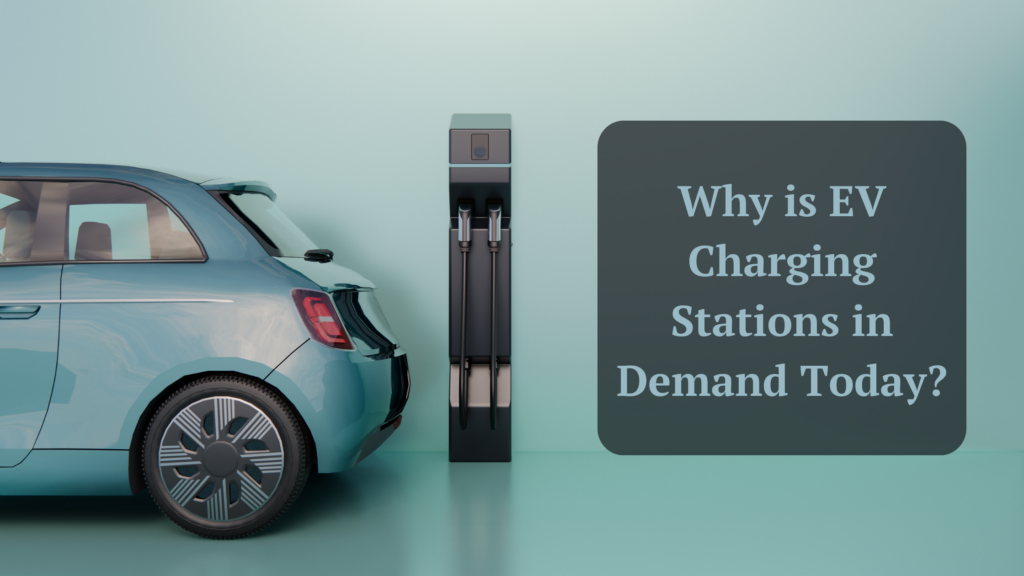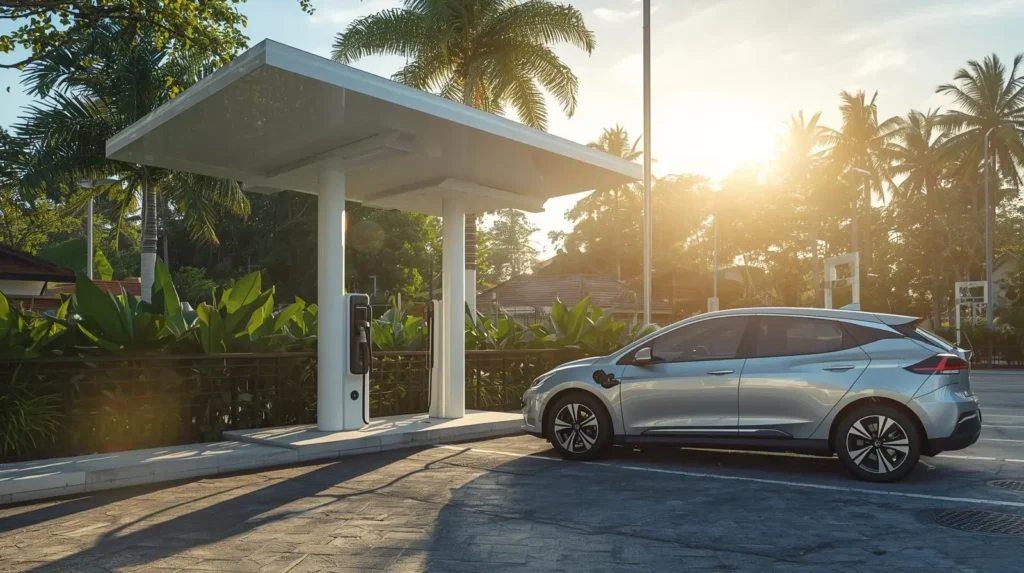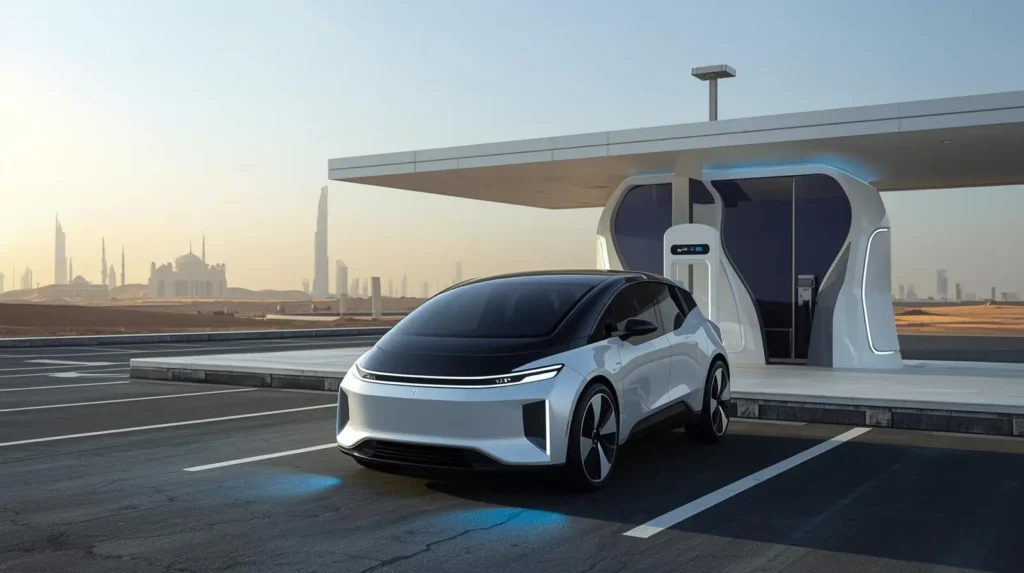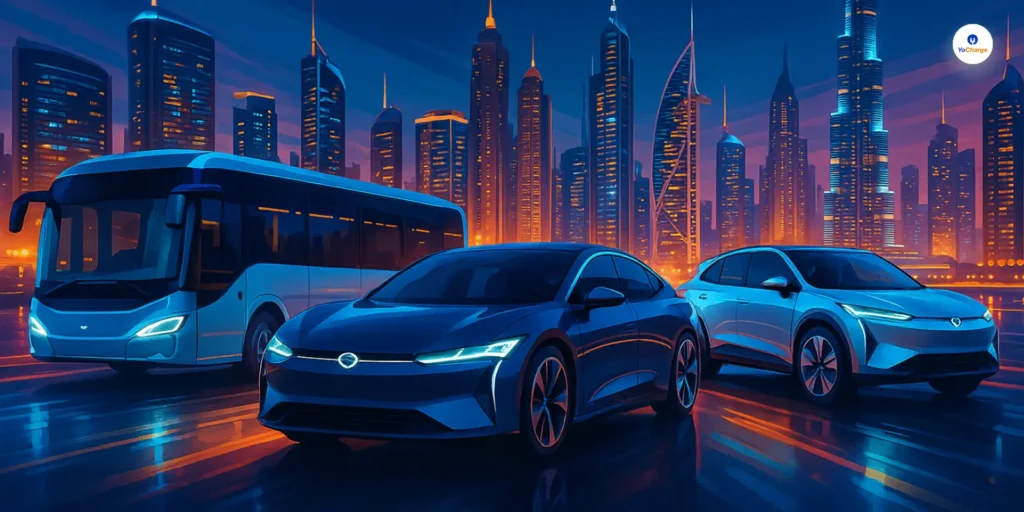
Electric vehicles have revolutionised the automobile industry, and India is no exception. In fact, it is evident that charging points have become a much-needed addition to the list of amenities. This growing need for EV charging stations comes after the government’s interest in boosting electric vehicle usage in the country.
The Role of Government and Developers
The enormous policy push towards EVs has prompted India to gear up for large-scale adoption. Residential projects will be equipped with EV infrastructure through alliances with EV operators. The electrification of the last-mile availability is imperative to building a sustainable EV ecosystem in India. The government has mandated the installation of both CHAdeMO and CCS methods since India has not reached standardization in fast charging methods. Developers must integrate EV charging facilities in all their projects by design. These EV charging facilities can also get credits for developers in their USGBC LEED certification process.
Developers have already started installing charging points for electric vehicles in their projects. It is also mandatory for builders to install EV charging stations in projects with more than 20 car parking spaces.
Moreover, a charging facility in an office park will certainly encourage more people to switch to EV vehicles and join the larger global fight against emissions and climate change.
Investment in EV Charging Stations
Significant investments by automakers are expected to cater to the rising demand for EVs and play a major role in the evolution of the market. Tesla, Volkswagen, Ford, Nissan, BMW, and General Motors have significant R&D budgets for the development of EVs.
In 2020, the world saw a 41% growth with around 3 million EV sales despite the impact of COVID-19 in the market, while the overall automobile market reduced by 6%. This indicates a growing demand for electric vehicles, which will, in turn, boost the market for EV charging stations.
The Growth of the Electric Vehicle Market
OEMs offer a wide range of electric vehicles, from small hatchbacks such as Leaf to high-end sedans such as Tesla model 3. The wide range of product offerings has attracted a high number of consumers, resulting in an increased market for electric vehicles. Factors such as the growth of the electric vehicle market and variations in charging loads have emphasized the need for the standardization of electric vehicle charging stations. Governments need to standardize charging infrastructure for the development of a favorable ecosystem and an increase in the sales of EVs.
Standardization of Charging Infrastructure
Different countries use different standards for fast charging. Japan uses CHAdeMO; Europe, the US, and South Korea use CCS; and China uses GB/T. In India, since it has not reached standardization in fast charging methods, the government had mandated the installation of both CHAdeMO and CCS methods.
Though this mandate increased the installation cost of charging stations, the government changed the guidelines and allowed charging station developers to choose the method they prefer. The adoption of the international standard for electric vehicle charging infrastructure is necessary to drive the adoption of EVs in India.
Conclusion
The increase in the adoption and use of electric vehicles has accelerated the need of charging infrastructure. With the growing EV sales around the world, the demand for EV charging stations will increase. Developers and governments must work together to meet the growing demand for EV charging stations. The installation of charging points in public spaces and buildings is the key to the success of the electric vehicle revolution.
EV charging facilities must be integrated into all projects by design, and governments must provide favorable policies to encourage the installation of EV charging stations.



